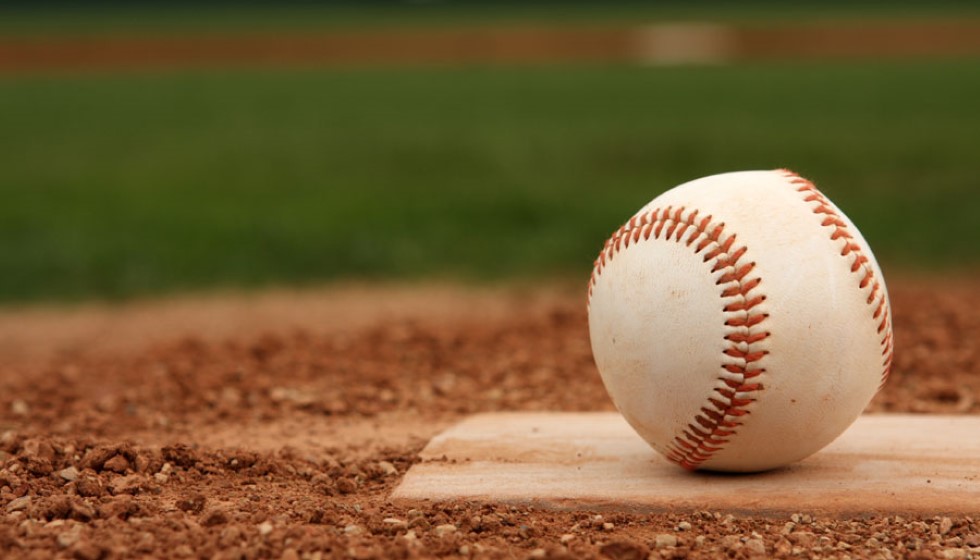
Ajay Stone strolled around the historic Rickwood Field, gazing at tributes dedicated to Willie Mays and other Negro League legends. Clutched under his arm was a cherished memory: a picture from 2004 featuring Mays holding Stone's then-10-month-old daughter, Haley, who was dressed in San Francisco Giants gear. In Mays' hand was a piece of a chocolate chip cookie, a treat he was offering to the young Haley.
Stone and his wife, Christina, had traveled from Charlotte, North Carolina, to be in Birmingham, Alabama, for what they considered an equally special moment. Hours before Rickwood Field hosted its first Major League Baseball game between the Giants and the St. Louis Cardinals—an event MLB called "A Tribute to the Negro Leagues"—the Stones soaked in the atmosphere that buzzed in anticipation. The game aimed to honor the legacies of Mays and other Black baseball greats who left an indelible mark on the sport.
Tributes and Tears: Honoring Willie Mays
MLB orchestrated a week of activities to celebrate Mays and the Negro Leagues, including unveiling a mural of Willie Mays in downtown Birmingham on Wednesday. These tributes took on a more solemn significance when news broke that Mays had passed away at 93.
As the news of his death spread, Birmingham's celebrations of his life intensified. The atmosphere at Rickwood Field was electric well before fans even set foot inside the ballpark. The drumbeats echoing from within, the joyous murmurs of fans flocking toward the sound, and the frequent bursts of laughter all foreshadowed the grandeur of the event.
Inside, history was palpable. Photos and artifacts of baseball Hall of Famers who once played in the 114-year-old ballpark—including Jackie Robinson, Josh Gibson, and Satchel Paige—adorned the walls. The original clubhouse of the Birmingham Black Barons, where Mays began his professional career in 1948, was open to the public. In front, a memorial for Mays featured bobbleheads, a signed glove, and both his Black Barons and San Francisco Giants jerseys.
Fans Relive History
Outside, a line of fans eagerly awaited their turn to hold a baseball bat used by Mays in 1959 and to snap photos while seated inside an original 1947 bus. This bus, typically used during barnstorming tours by Negro League teams, offered fans a tactile connection to a storied past. They danced to live music and indulged in food from concession stands designed with a 1940s aesthetic.
Lifelong Giants fans Eddie Torres and his son Junior, donned matching Giants jerseys as they posed for pictures inside the ballpark, having traveled all the way from California for this special occasion. Musical artist Jon Batiste performed near home plate, strumming a guitar and dancing on a wooden stage just before the first pitch. The crowd stood as former Negro Leaguers were escorted to the field for a pregame ceremony, and the brief moment of silence was punctuated by shouts of "Willie! Willie!”
Echoes of the Past
Sitting in the stands, Michael Jackson, who played baseball in the 1970s and 80s with the East Thomas Eagles of the Birmingham Industrial League, reflected on his own memories at Rickwood Field. "It's nice seeing them redo all of this instead of tearing it down," Jackson said. "We played in the same ballpark they named after Willie Mays in Fairfield, Alabama. I had my times here, and it's all very exciting."
Memories and Reflections
Ajay Stone also reflected on his treasured memories with Mays. "Willie gave Haley that cookie. She had no teeth at the time, but we kept the cookie in her stroller for a year and a half. The great Willie Mays gave it to her, so it was special to us," he recalled. Another fan lamented never having seen Mays play but recognized his colossal impact on the game. "The legacy of Willie Mays transcends generations," said Eddie Torres. "My son, who is only 11, even knew who Willie Mays was and what he meant to baseball."
As the game commenced and the crowd roared, it became clear that Rickwood Field was more than just a ballpark for one evening. It transformed into a living museum, a time capsule that captured the essence of a bygone era while honoring the life and legacy of one of baseball's greatest icons, Willie Mays.